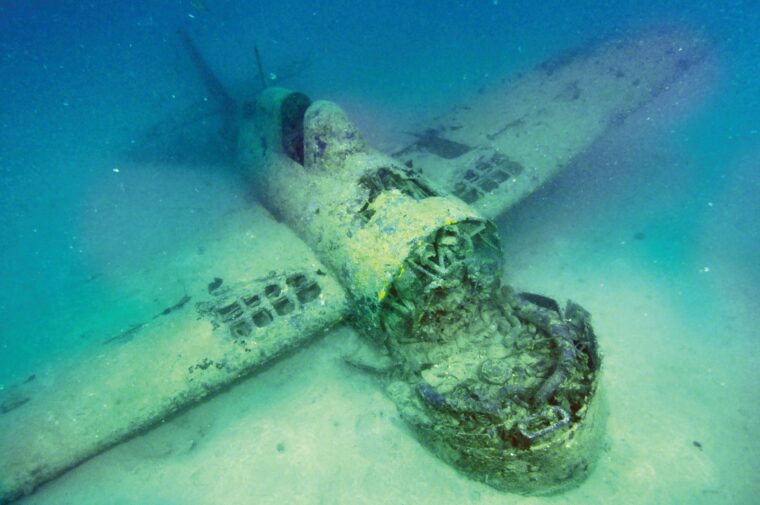
Searching for a Wildcat
By Bruce PettyOn November 3, 2011, at 0945, the hydrographic ship HMNZS Resolution discovered what appeared to be an aircraft in the waters near Gavutu Island in the Solomon Island group. Read more

On November 3, 2011, at 0945, the hydrographic ship HMNZS Resolution discovered what appeared to be an aircraft in the waters near Gavutu Island in the Solomon Island group. Read more
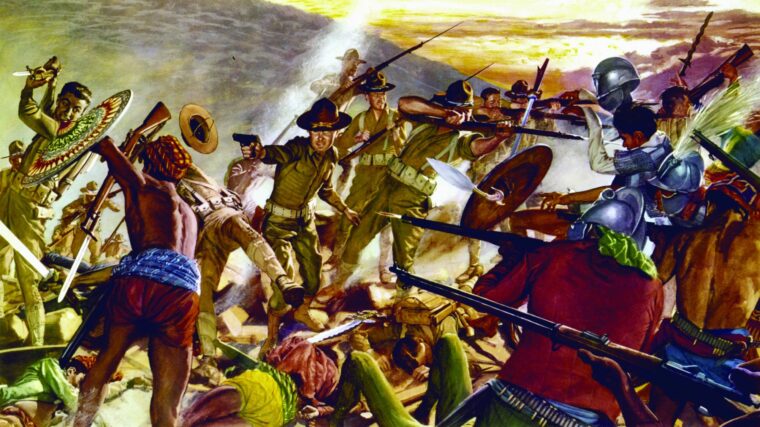
During the era in which the Krag Jorgensen rifle came into its own, an arms race was in effect among the nations of Europe. Read more
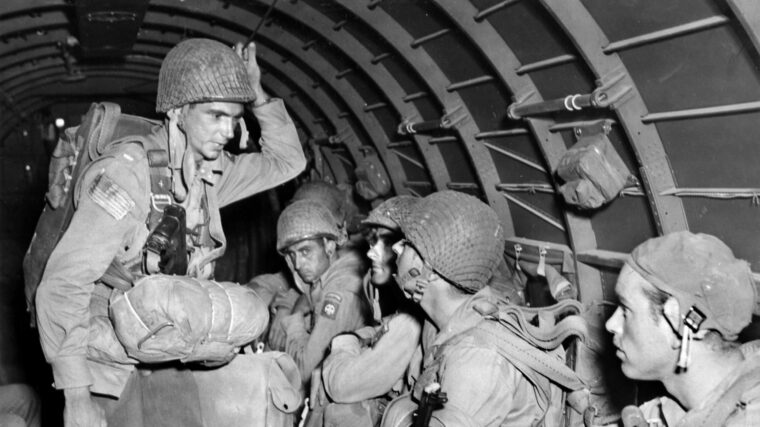
The Fifth U.S. Army was in trouble and dropping 600 paratroops at Avellino to disrupt the communications of the 16th Panzer Division seemed like a sound solution. Read more
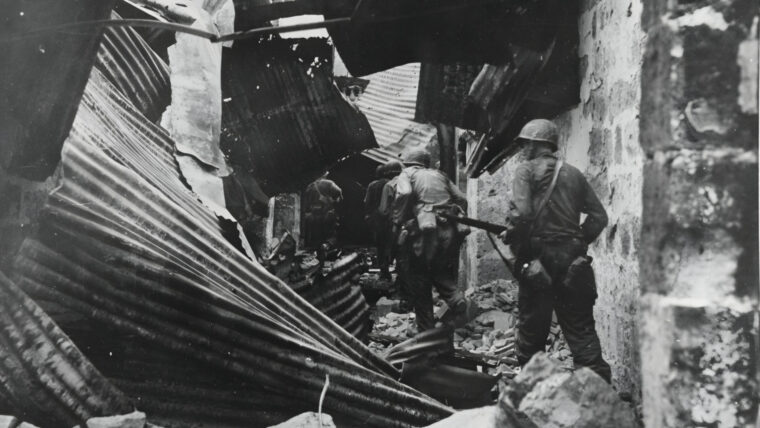
By Christopher Miskimon
Full ReviewsTo the End of the Earth: The US Army and the Downfall of Japan, 1945 (John C. Read more
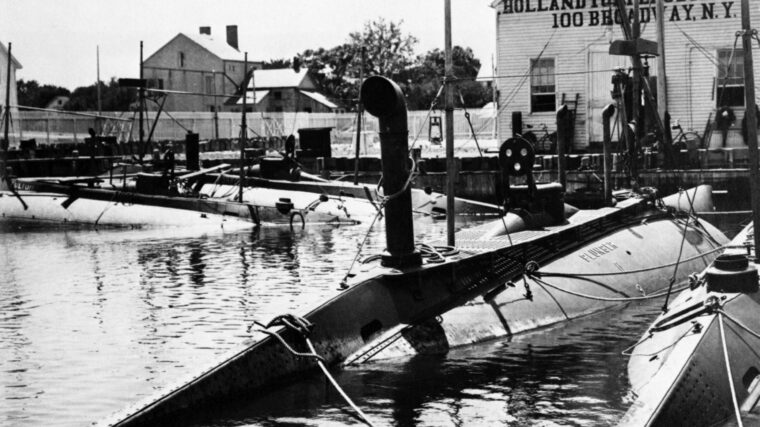
By the 1870s, the agitation for Irish independence, already centuries old, had spread to America. The revolutionary Irish Republican Brotherhood, known as the Fenians, began organizing thousands of Irish immigrants trained on both sides during the recent Civil War into its own army. Read more
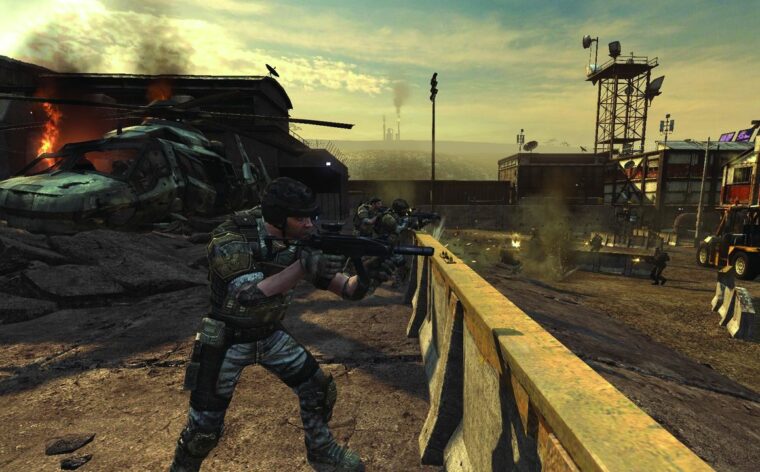
This month the games are mostly in the near present and they are mostly fighting down the barrel of a gun. Read more
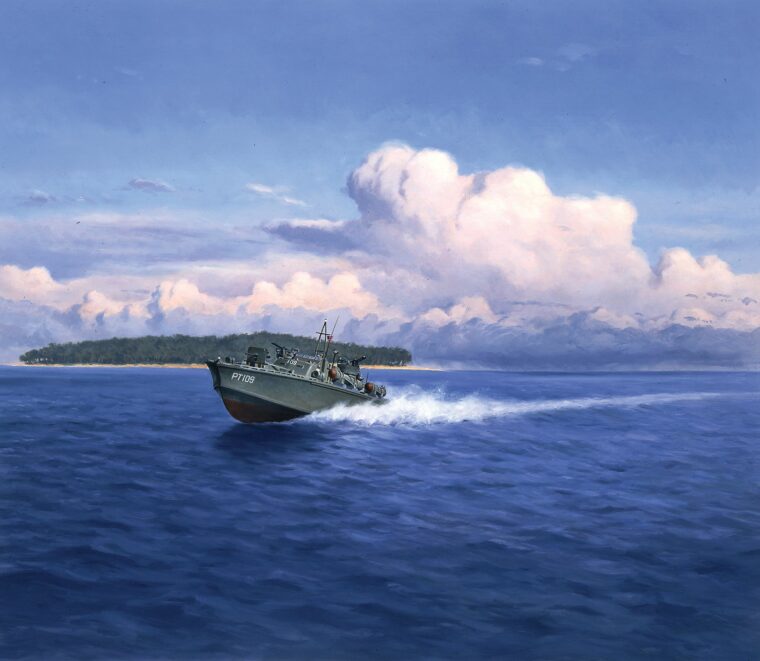
The celebrated life of President John F. Kennedy has been recounted many times in the decades since he assumed the highest office in the land. Read more
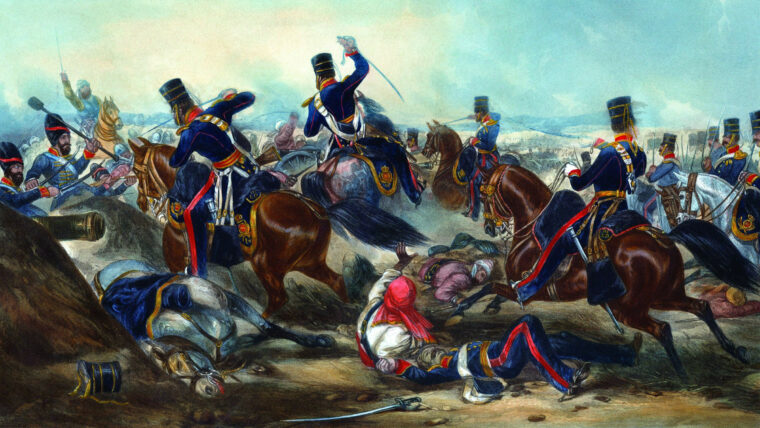
A little over five centuries ago, a guru named Nanak founded a new faith among the Hindu communities that farmed the rich agricultural areas of northern India known as the Punjab, the Land of the Five Rivers. Read more
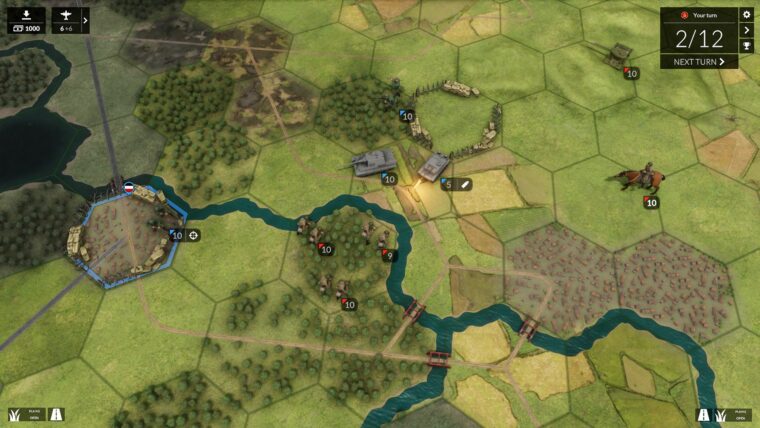
Many World War II games have you donning your best virtual general garb, but not all of them let you take on the role of actual historical generals. Read more
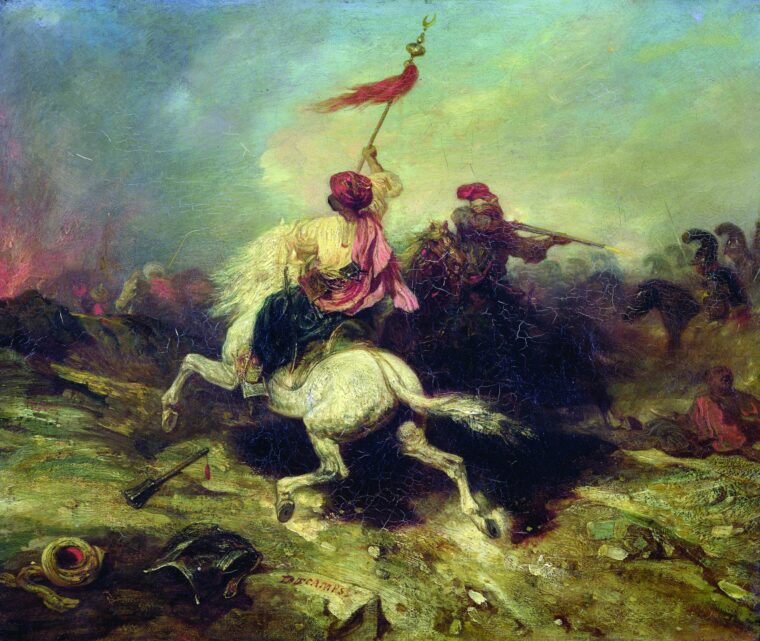
On April 1, 1811, one-eyed General Mikhail Kutuzov arrived in the Romanian capital of Bucharest to take command of Russia’s Moldavian army. Read more
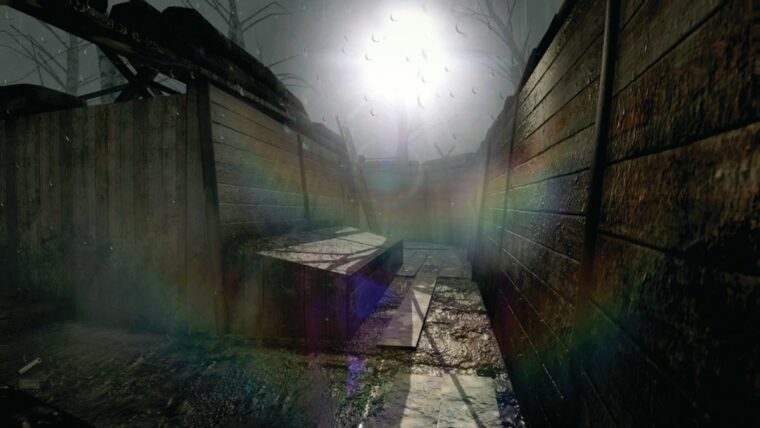
While we primarily focus on World War II games here, we’ll occasionally come across a title that makes it worth our while to step a little further back into the past. Read more
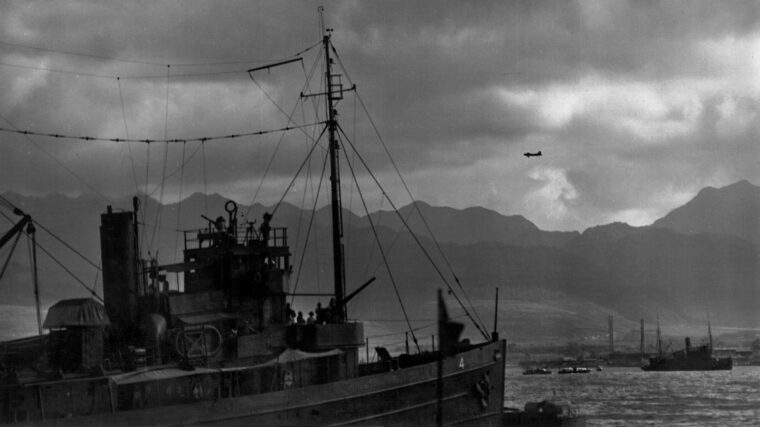
Lieutenant Commander Shigeru Itaya, sitting in his gray Mitsubishi A6M2 Zero, led two other fighters on another strafing run on the parking ramps and hangars of Hickam Army Air Base on Oahu. Read more
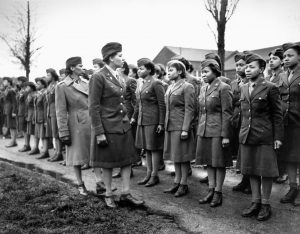
Actor and filmmaker Tyler Perry knows a great story when he comes across one. And when he read Kevin Hymel’s dramatic narrative of the 6888th Central Postal Battalion in the pages of WWII History magazine, he knew it was something special. Read more
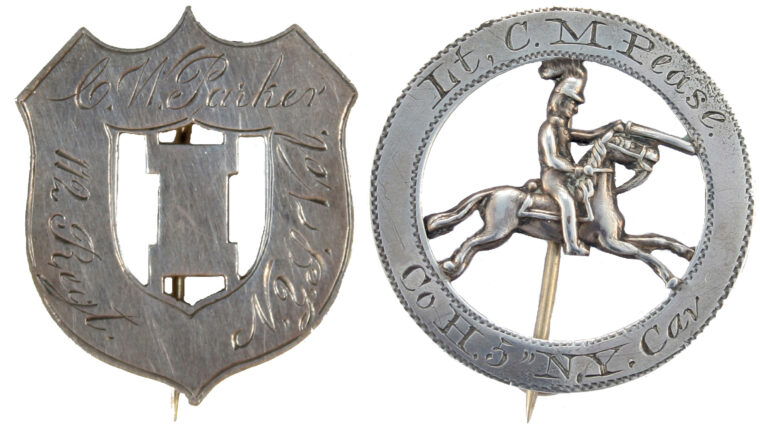
The American Civil War may well have been the first major conflict in which soldiers felt the need to wear some sort of a personal identification badge in the event that they were killed or wounded in battle. Read more
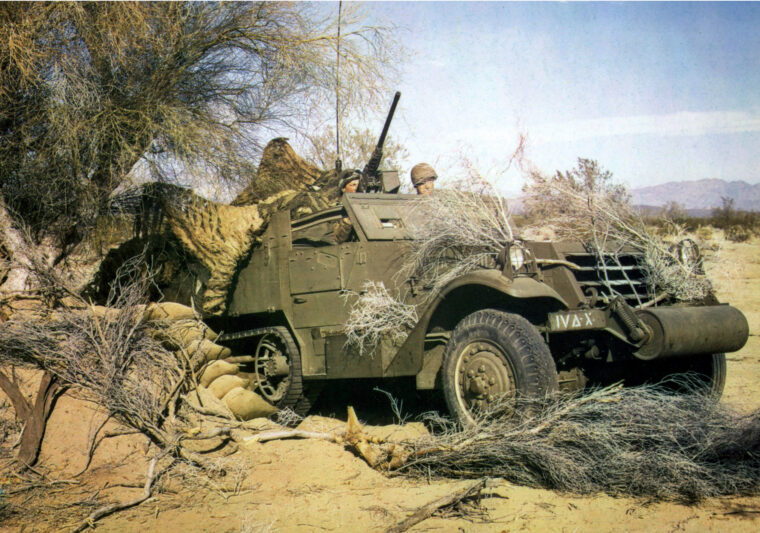
For the United States Army, the long road to Germany began in the mountainous deserts of Tunisia in mid-November 1942. Read more
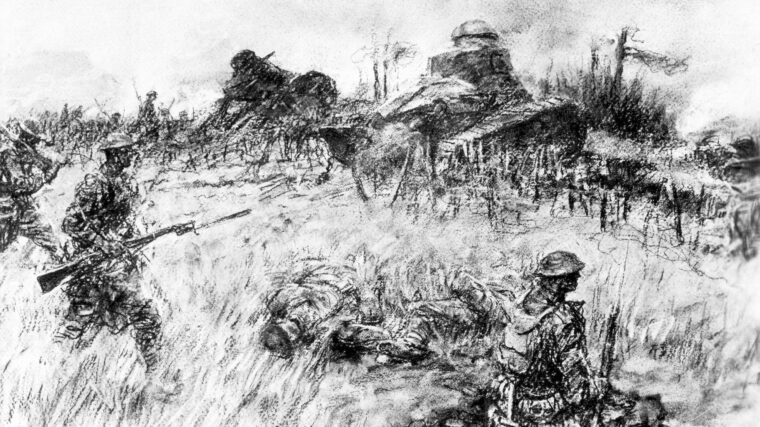
History is full of great men and great deeds. All American schoolchildren know the story of George Washington crossing the Delaware River in the dead of winter during the Revolutionary War. Read more
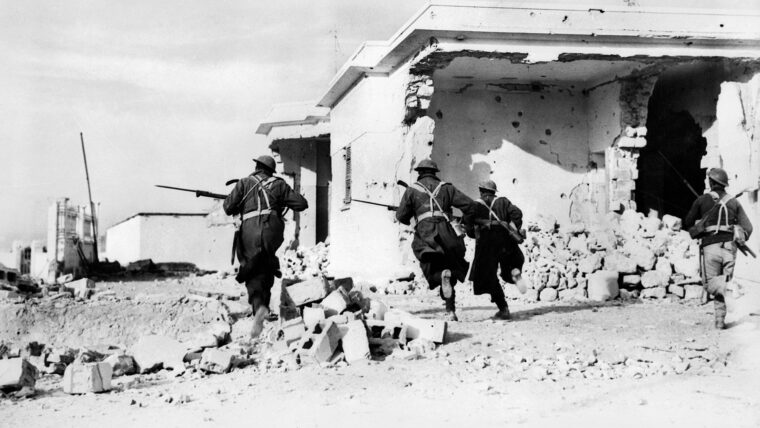
The desert sky lit up like a summer lightning storm on the night of December 31, 1941. The distant thunder of hundreds of guns rolled across the sandy, stony ground. Read more
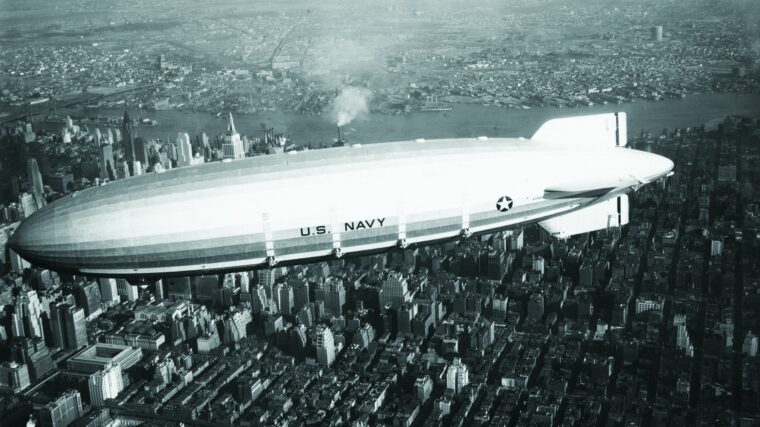
It is sometimes difficult to understand just how immature aviation was in the 1920s and 1930s. Everything about flying was new. Read more
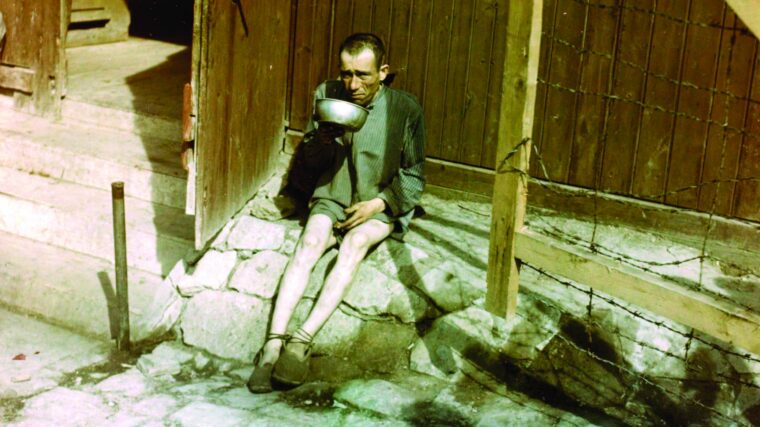
When Adolf Hitler became chancellor of Germany on January 30, 1933, the world changed forever.
Not only was Hitler determined to pay back Germany’s enemies for his country’s defeat during the Great War, but he was also determined to rid Germany and the rest of Europe of persons whom his twisted Aryan ideology believed were “inferior” or “subhuman.” Read more
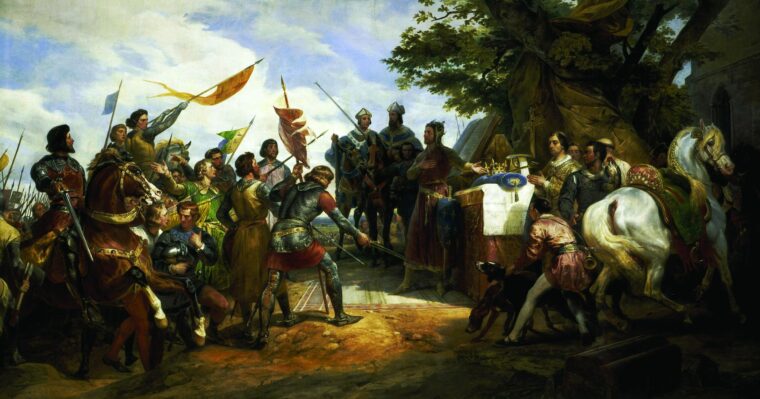
With his one good eye, French King Philip II looked east down the straight line of an old Roman road in the disputed county of Flanders on Sunday, July 27, 1214. Read more